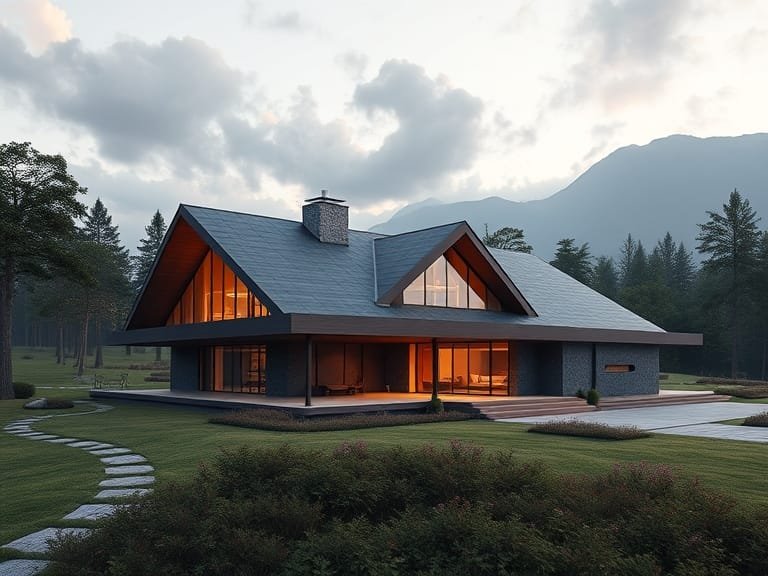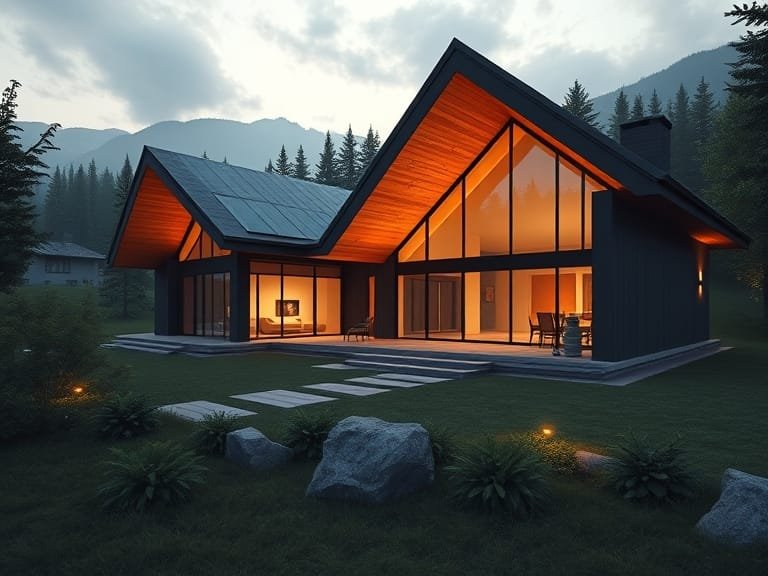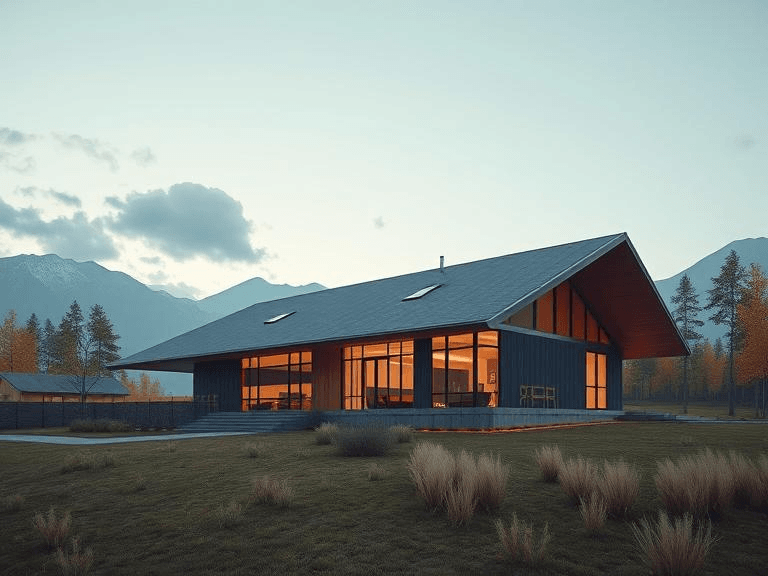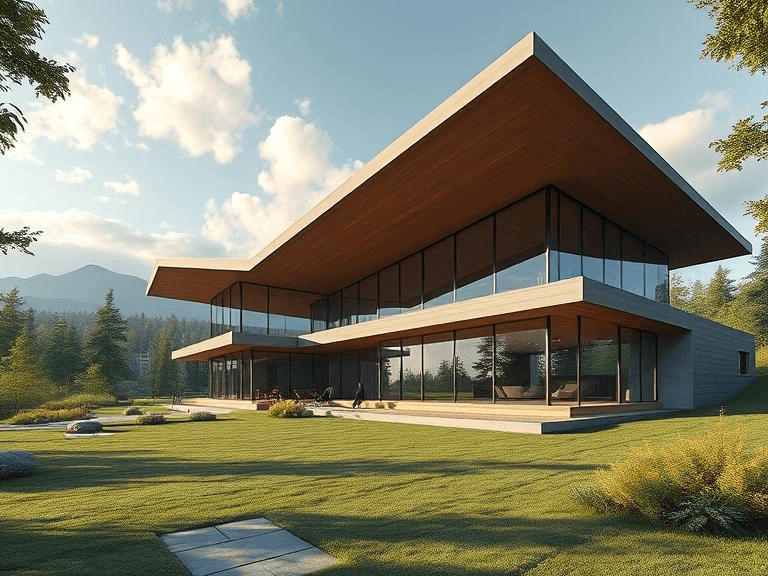
Roofing shingles play a pivotal role in the protection and aesthetic appeal of both residential and commercial properties. Serving as the first line of defense against environmental elements such as rain, snow, and wind, shingles are essential for maintaining the structural integrity of a building. They not only safeguard against water ingress but also contribute to the overall thermal insulation of the roof.
There are various types of roofing shingles available in the market, each offering unique properties, costs, and appearances. Asphalt shingles are among the most popular due to their affordability and ease of installation. They typically come in two varieties: strip shingles, which are single-layered, and architectural shingles, which are multi-layered and provide enhanced durability and aesthetic appeal. On the other hand, wood shingles, often made from cedar or redwood, offer a natural look and excellent insulation but generally require more maintenance than their asphalt counterparts.
Metal roofing is another option, gaining popularity for its longevity, lightweight nature, and resistance to extreme weather conditions. Metals like steel and aluminum also reflect sunlight, thereby improving energy efficiency. Additionally, there are other options like tile and slate, known for their distinct styles and remarkable durability, which tend to come at a higher price point.
The significance of selecting the right type of roofing shingle cannot be overstated, as it influences not only the aesthetic value of a property but also its overall longevity and performance. Factors such as material type, durability, and warranty significantly impact roofing shingles price variations, making it crucial for homeowners and property managers alike to understand these variances. Achieving cost-effectiveness while ensuring quality and longevity is a delicate balance that requires careful consideration when choosing roofing shingles.
Factors Influencing Shingle Prices
When it comes to roofing shingles, understanding roofing shingles price variations is essential for homeowners and contractors alike. Several key factors influence the costs associated with various types of shingles.
First and foremost, the quality of the material plays a significant role in determining the price. Roofing shingles are available in numerous materials, including asphalt, wood, metal, and slate. Each material presents unique benefits and drawbacks, with high-end materials typically costing more. For example, slate shingles, known for their durability and aesthetic appeal, often have a higher price tag compared to asphalt shingles, which are more commonly used and less expensive.
Brand reputation is another important factor affecting shingle prices. Established brands may charge a premium for their products due to perceived quality, reliability, and warranty offerings. Consumers often associate specific brands with better performance and longevity, which can justify a higher price point compared to lesser-known or generic options.
Regional availability can also influence roofing shingle prices. In some areas, certain materials may be scarce, leading to increased transportation costs and higher retail prices. Additionally, local regulations and climate conditions often dictate preferred shingle types, influencing market competition and pricing structures. Furthermore, market demand plays a crucial role; during peak construction seasons, prices may rise due to heightened demand, while off-seasons might lead to discounts to encourage sales.
Finally, bulk purchasing can provide cost savings, making it advantageous for contractors or homeowners undertaking large projects. Buying in bulk can often lead to discounted prices due to lower delivery costs and better negotiation opportunities. Additionally, timing a purchase around seasonal trends may yield significant savings. For instance, purchasing roofing shingles during the off-peak season might offer more favorable pricing than during the height of construction activity.
Types of Roofing Shingles and Their Cost Implications
Roofing shingles are crucial for protecting a home, and understanding roofing shingles price variations begins with examining the different types available. Each roofing shingle type is associated with distinct characteristics that significantly influence their cost and overall value.
Asphalt shingles, the most common roofing material, are typically the cheapest option, with prices ranging from $90 to $100 per square. They come in two primary varieties: three-tab and architectural. Three-tab shingles are less expensive but provide less durability, while architectural shingles are slightly pricier, ranging from $120 to $150 per square, and offer better longevity and aesthetic appeal.
Wood shingles and shakes present a more upscale option, usually made from cedar. Wood shingles are priced between $200 and $300 per square. While they provide natural beauty and excellent insulation, they require regular maintenance and can be susceptible to mold and rot if not properly cared for. Metal roofing stands out as another alternative, with costs that can vary significantly based on material type, from steel to aluminum. Generally, metal roofing can range from $300 to $700 per square. Its durability and resistance to extreme weather conditions often justify the higher initial investment.
Tile roofing, particularly clay or concrete tiles, represents one of the more expensive choices, ranging from $600 to $800 per square. The longevity and insulative properties often repay homeowners in reduced repair costs over time. Lastly, slate shingles offer a premium, elegant roofing option, often exceeding $1,200 per square. Although the upfront costs are high, slate can last over a century, making it a worthwhile long-term investment.
In evaluating the costs of these roofing shingle types, homeowners can make informed decisions that reflect not just initial expenditures, but long-term savings and performance attributes, ultimately tying into their understanding of roofing shingles price variations.

Understanding Warranty and Quality Relation to Price
When embarking on a roofing project, an important consideration is the relationship between warranty, quality, and the cost of shingles. The length and coverage of a shingle warranty can serve as a critical indicator of the product’s overall quality, directly impacting its price. Typically, shingles with extended warranties signal that the manufacturer has a strong level of confidence regarding durability and performance, which is reflected in their pricing strategy. It is essential to understand roofing shingles price variations to ensure that you are making an informed decision.
High-quality shingles often come with more comprehensive warranties that cover specific defects and performance failures, providing homeowners with peace of mind. For example, a 50-year warranty might not only guarantee that the shingles will remain intact for decades but may also cover natural degradation caused by factors like UV exposure or severe weather conditions. In contrast, lower-priced options may offer limited coverage, leaving homeowners vulnerable to unexpected costs arising from repairs or replacements sooner than anticipated.
Moreover, the initial investment in higher-priced shingles can result in significant long-term savings. Although the upfront cost might be greater, these shingles often exhibit superior durability, requiring less maintenance and replacement over time. Consequently, understanding roofing shingles price variations entails not only analyzing the cost but also evaluating the long-term benefits linked to warranty offerings and material quality. Choosing shingles with robust warranties often indicates an investment in quality, which can mitigate future financial burdens associated with unforeseen repairs or early replacements.
In conclusion, the correlation between warranty duration, quality, and price of roofing shingles is a crucial aspect to consider when choosing materials for roofing projects. A thorough examination of these factors can lead to sound financial decisions and ultimately result in more durable and reliable roofing solutions.
Regional Price Variations for Roofing Shingles
The cost of roofing shingles can vary significantly depending on the geographical location, reflecting the interplay between demand, climate, and local regulations. In regions with high demand, such as urban centers or areas undergoing rapid development, prices typically trend upwards. This is attributable to the increased competition among contractors, which can drive prices higher for both materials and labor. Conversely, rural areas or neighborhoods with lower demand often see more affordable pricing, as competition is less intense and local suppliers may offer better rates.
Climate also plays a critical role in roofing shingles price variations. For instance, in regions that experience severe weather conditions such as heavy snowfall or intense heat, homeowners are inclined to invest in high-quality shingles designed for durability and longevity. These premium products inherently come with a higher price tag. In contrast, areas with milder climates may observe a preference for standard shingles, which can lead to lower overall costs due to reduced material selection.
Local building codes can also influence roofing shingles pricing. Areas with strict regulations might require specific types of shingles that meet higher standards for fire resistance, wind uplift, or energy efficiency. Compliance with these codes often results in increased material costs. Furthermore, labor costs in different areas are closely tied to the local economy. Regions with higher labor expenses, often linked to the presence of skilled tradespeople, will reflect these costs in the final price of roofing installations.
In conclusion, understanding roofing shingles price variations through the lens of regional factors provides valuable insights for homeowners and builders alike. By considering the nuanced interplay of demand, climate, local building codes, and labor costs, stakeholders can better navigate their decisions regarding roofing projects. This awareness allows for more informed choices that align both budget and long-term roofing needs.
Economic Influences on Roofing Shingle Prices
The pricing of roofing shingles is subject to various economic factors that can lead to significant fluctuations. One of the primary influences on shingle prices is the supply chain dynamics. Disruptions in the supply chain can arise from various sources, including natural disasters, trade disputes, or transportation delays. Such challenges can restrict the availability of shingles, causing prices to surge as demand outstrips supply. This phenomenon highlights the importance of a steady supply chain in maintaining stable roofing shingle prices.
Another crucial factor to consider is the fluctuations in raw material costs. For instance, asphalt shingles, which comprise a substantial segment of the roofing market, heavily rely on petroleum products. Given that petroleum prices can be volatile, driven by geopolitical tensions, production cuts by oil-producing nations, or shifts in market demand, any increase in these raw material costs directly impacts the pricing of asphalt shingles. Consequently, when petroleum prices rise, roofing shingle manufacturers often pass these costs on to consumers, contributing to price volatility.
Additionally, market conditions such as economic downturns or booms play a significant role in influencing demand for roofing materials. During an economic boom, there is typically an increase in construction and remodeling activities, leading to heightened demand for roofing shingles. This demand surge can create upward pressure on prices. Conversely, during economic recessions, construction projects may slow, resulting in a decreased demand for roofing shingles and potentially driving prices down. Understanding roofing shingles price variations requires taking these broader economic influences into account, as they can create ripples across the roofing industry, ultimately impacting homeowners and builders alike.
Installation Costs and Their Impact on Total Roof Investment
When assessing the overall pricing of roofing shingles, it is critical to consider not only the cost of the materials themselves but also the installation expenses that significantly contribute to the total roof investment. The installation costs can vary widely depending on several factors, including labor rates, the complexity of the installation process, and the type of shingles selected.
Labor costs are one of the most significant factors affecting installation expenses. These costs can differ based on geographical location, labor availability, and the seasonal demand for roofing services. Typically, experienced contractors charge higher rates, reflecting their expertise and quality of work. Additionally, the complexity involved in the installation itself depends on the roofing system chosen. For instance, certain shingles require specialized techniques that can increase the labor hours needed for installation.
Furthermore, the type of shingles can influence installation costs. While budget-friendly shingles may initially appear to save money, they can lead to higher installation costs over time due to their durability and handling characteristics. High-quality shingles are often easier to install because they are designed with features that facilitate better alignment and reduce waste. Consequently, these shingles may allow for a quicker and more efficient installation process, ultimately lowering the labor costs associated with their installation.
In consideration of the various installation factors, it becomes evident that investing in higher-quality shingles can lead to overall savings. When the expenses associated with installation are effectively managed, homeowners not only ensure the longevity of their roofs but also make a more informed decision in understanding roofing shingles price variations. It is crucial to assess both material and installation costs carefully to achieve the best value for your roofing project.
Tips for Homeowners to Navigate Shingle Pricing
Understanding roofing shingles price variations can significantly impact a homeowner’s budget and overall satisfaction with a roofing project. One of the first steps in navigating shingle pricing is conducting thorough research. Homeowners should begin by familiarizing themselves with the types of shingles available in the market, such as asphalt, wood, or metal. Each type comes with a different price point, performance record, and lifespan. Online resources, local hardware stores, and manufacturer websites can provide valuable insights into the average costs associated with each type.
Once you have gathered sufficient information about shingle types and pricing, it becomes essential to engage with multiple contractors. Requesting quotes from at least three different contractors provides a wider perspective on the prevailing market rates. This comparison not only reveals the price variations but also highlights the quality of workmanship that different contractors offer. Alongside this, do not hesitate to negotiate; many contractors may be open to discussions regarding their fees or may offer discounts for bulk purchases or specific materials.
When evaluating different quotes, consider asking contractors about the specifics included in their estimates. Are labor and material costs outlined? Is there a warranty or guarantee for both the materials and the installation? Understanding the full scope of what you are paying for helps balance the equation of cost versus quality. Additionally, while it can be tempting to opt for the lowest price, focusing solely on cost can lead to sacrifices in quality. It’s often wise to consider shingles that offer a longer lifespan and better performance, as these may result in lower costs in the long run despite a higher initial price.
By following these practical tips, homeowners can more effectively navigate the complexities of roofing shingle prices, ensuring they make well-informed decisions that balance cost, quality, and long-term value.
Conclusion: Making Informed Decisions About Roofing Shingle Purchases
Understanding roofing shingles price variations is essential for homeowners planning a roofing project. As explored in the previous sections, several factors influence these price variations, including the type of shingles, geographical location, and additional installation costs. By recognizing how these variables interact, homeowners can better navigate the myriad options available to them. For instance, while higher-priced shingles may offer greater durability and extended warranties, more economical options may still perform adequately in certain climates and conditions.
Moreover, being aware of the seasonality of roofing prices will empower homeowners to time their purchases more effectively, perhaps taking advantage of off-peak discounts or trends in supply and demand. It is also advisable to obtain multiple quotes from different roofing contractors, as this transparency can unveil price discrepancies and reveal the most cost-effective options available. Homeowners are encouraged to thoroughly research materials and consult with professionals to assess the balance between quality and price, ensuring that their roofing investment aligns with their financial considerations and long-term goals.
Ultimately, understanding roofing shingles price variations enables homeowners to make informed choices rather than impulsive decisions driven by immediate needs or a singular focus on cost. Each aspect of pricing—from material selection to installation labor—plays a significant role in the overall expenditure of a roofing project. With a comprehensive grasp of these factors, homeowners can make savvy choices that not only meet their needs but also provide lasting benefits and value. As you embark on your roofing journey, remember that informed decisions lead to rewarding outcomes.


